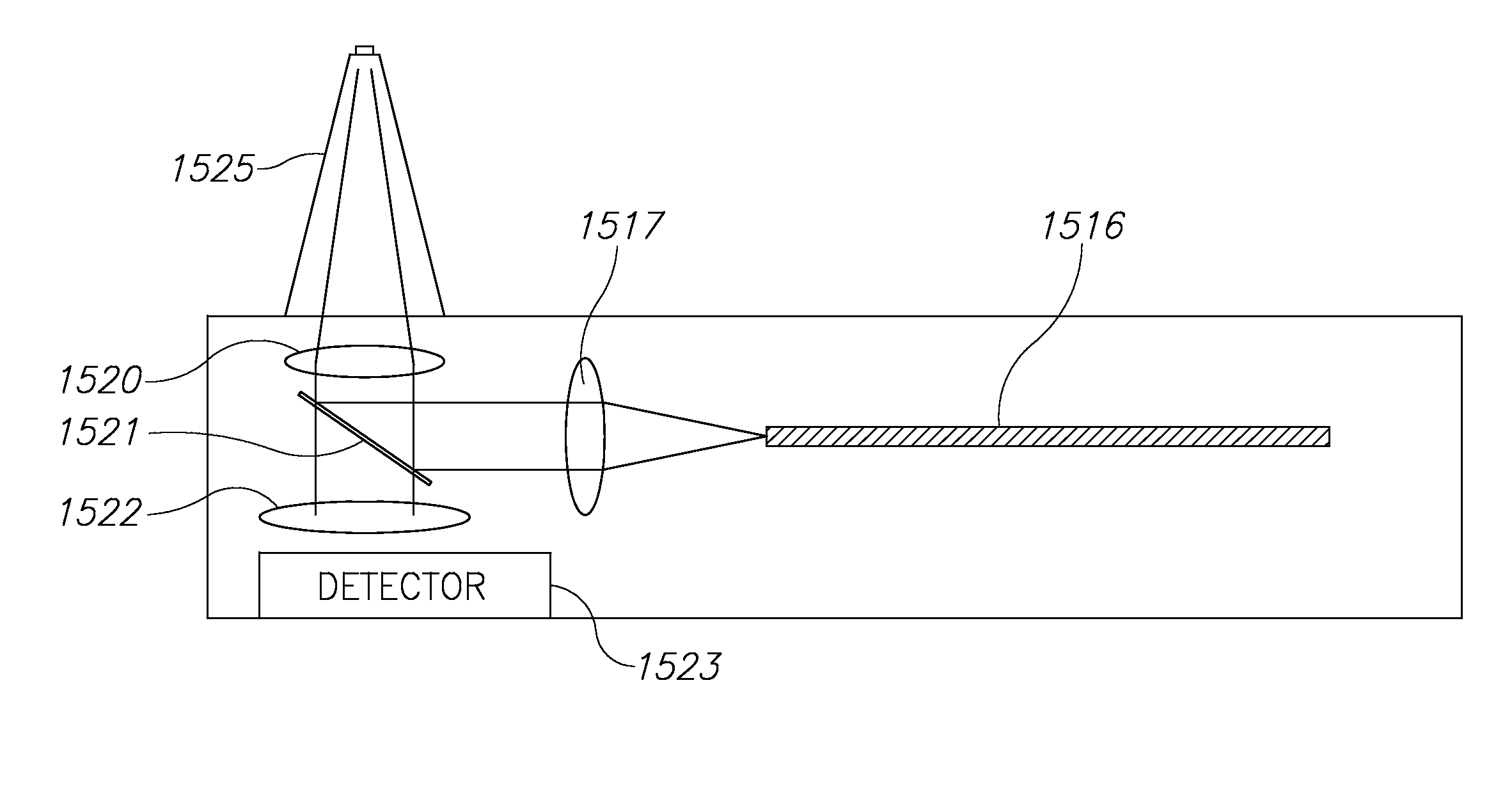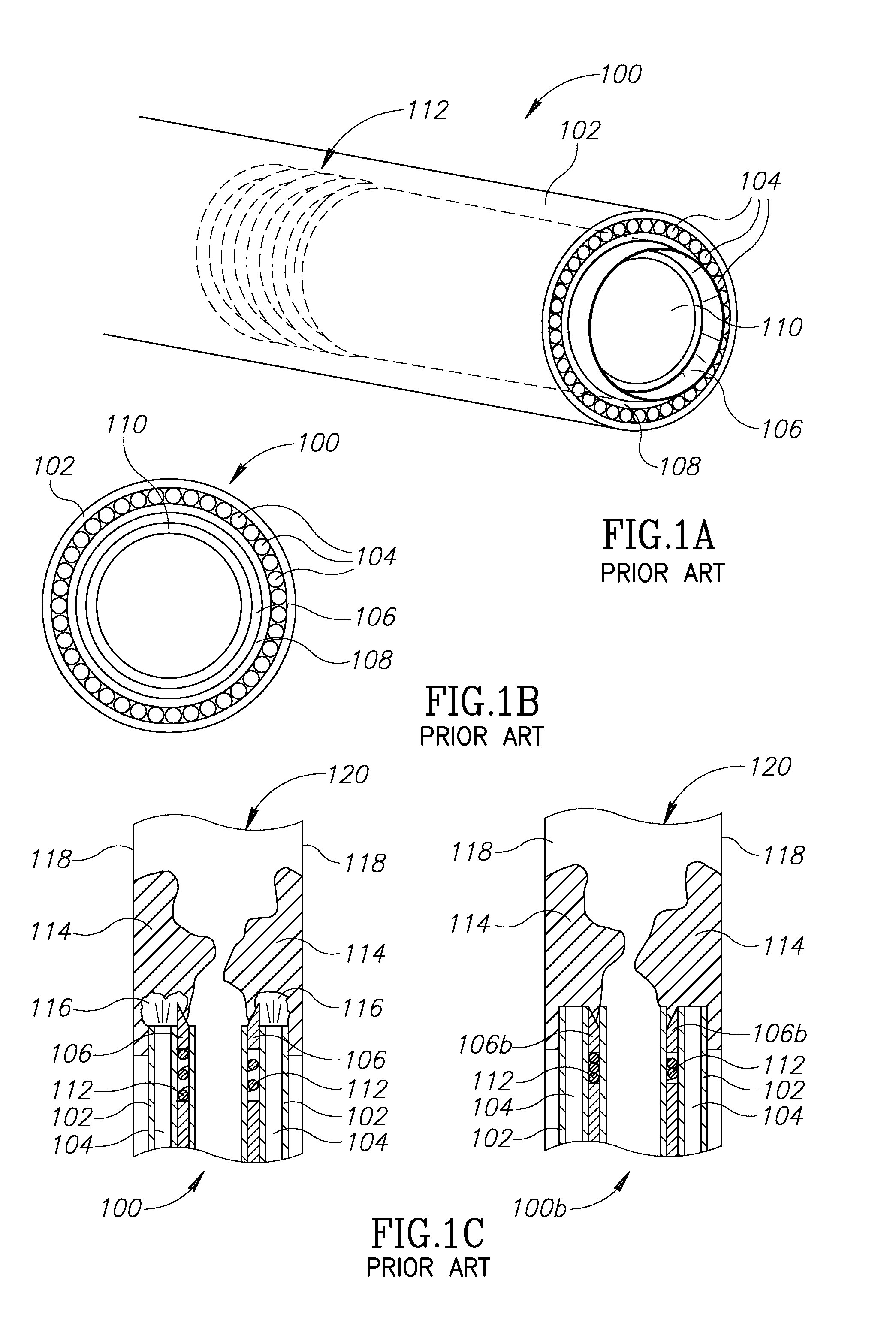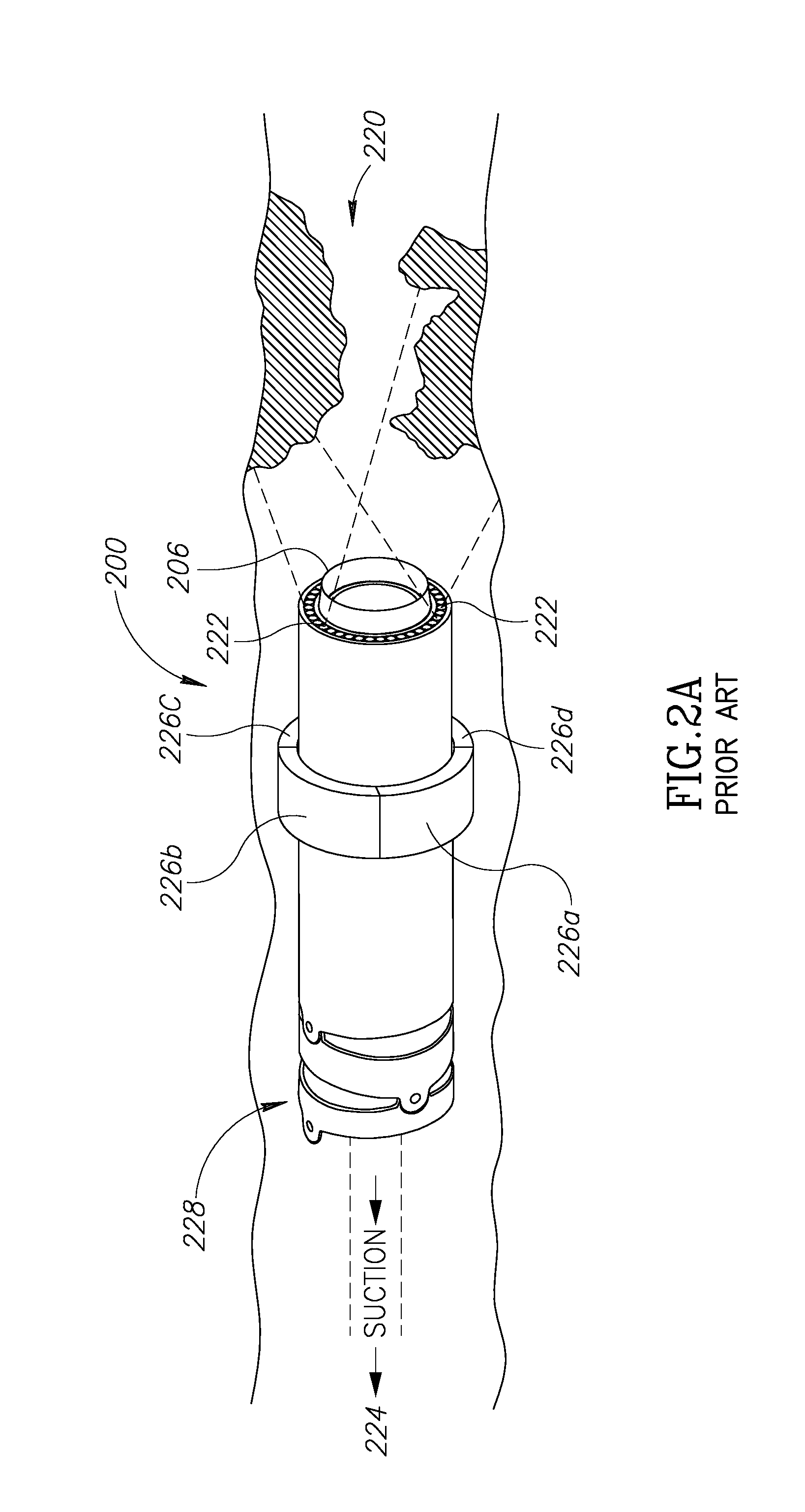Removing of sessile and flat polyps, which may be associated with high risk for
malignancy, requires, in most cases, usage of different techniques than those used for removing common polyps.
These techniques may lead to the
referral of patients to
surgery instead of removal by the gastroenterologist.
Barrett's
esophagus condition may lead to violent
esophageal cancer, which is said to result in over 12,000 deaths per year in the U.S. alone and around 100,000 in China.
Prior attempts to manage this condition with
Argon coagulation yielded controversial results.
No method resulted in wide clinical acceptance that can enable routine use in a broad
population instead of “waiting and watching” in early stages in the
disease and specific therapies including
esophagus resection in more sever conditions.
Furthermore, as no single technique has been established as the preferred method, a combination of techniques is used in certain cases.
On the other hand, EMR sometimes does not allow removing all of the Barrett's lining but can be successful in removing a small
cancer or a localized area of high-grade
dysplasia.
Because it does not remove all of the Barrett's lining, the Barrett's lining left behind can develop other areas of high-grade
dysplasia or
cancer.
Complications of the current available techniques include perforations (making a hole in the
esophagus), bleeding, strictures,
light sensitivity in PDT and even death.
Accordingly, the removal of large sessile and flat colorectal is more difficult than removal of pedunculated polyps and in many cases require using special
endoscopy techniques to avoid perforation.
These lesions may be associated with high clinical risk.
Although these techniques are feasible anywhere in the colon, currently these techniques are technically challenging and
time consuming and ESD carries a relatively
high rate of major complication.
Laser ablation is usually not perceived as an adequate solution for this application, as there is a need to assure adequate (i.e. complete) removal of
pathological tissue and preferably to collect resected samples for histological analysis.
There are approximately 300 million patients that suffer from diabetes type 2 world wile and the cost and side effects of
surgery limits its utility as a viable solution for such a
large population.
These treatments suffer from two limitations, as the nail is not removed it takes a few months until an appropriate
response to treatment can be evaluated without and with addition suffering from a limited
response to treatment of the technique.
Peripheral and arterial vascular diseases are also a common problem which may directly lead to morbidity and death.
These technologies are not ideal and have some limitations.
For example, when dealing with heavy calcified plaques, there is a risk of perforation and damage from debris / plaque fragments.
Therefore, the procedure requires a complex, large and costly
system and the length of the procedure is quite significant in a manner that seems to limit its wide clinical utility.
In addition, the technique had difficulties in treatment of large vessels such as SFA (Superficial
Femoral Artery) which is very important in management of
peripheral artery disease (PAD) wherein vessels larger than 4-5 mm in
diameter and long lesions have to be treated.
Additional limitations of this solution include ineffective removal of arterial debris and high risk of
artery walls injury, as mentioned, for example, in U.S. Pat. No. 6,962,585:
This procedure does not remove substantial amounts of blockage because
ultra violet radiation is too cool to melt the blockage.
While the catherization
system includes a filter, the filter is not sufficient to catch all debris which may flow downstream.
Such prior systems have failed because they have not effectively removed arterial blockage from the
artery walls, and have not effectively removed arterial debris from the artery once the arterial blockage has been dislodged.
Further, many of the prior art devices embody numerous parts which tend to fail or shatter in a high temperature / high vacuum environment.” (id, p.
This approach may suffer from the limitations and risk involved with
plaque removal based on non-selective heating.
Clinical results were not satisfactory to enable routine clinical use.
In view of the complexity and limitations of the laser based technologies, the systems based on
excimer laser have had limited spread in clinical use, and alternative mechanical methods for
atherectomy have been developed, for example, wherein the plaques are “shaved” (the EV3 product), “drilled” (the Pathway product) or “sanded” with a rotating
diamond coated
brush (the CSI product).
Each of these techniques may often suffer from inherent limitations such as procedure length, injury to the blood vessels, difficulty in dealing with calcified plaques in certain cases and, on the contrary, dealing with soft plaque (see Schwarzwälder U, Zeller T, Tech Vasc Intery Radiol.
Furthermore, in view of the limited capabilities to remove plaque with many prior techniques, their current utility is limited mainly for use in conjunction with low pressure
balloon angioplasty used after plaque is partially removed.
This is a major issue with bare-
metal stents (BMS) and even introduction of
drug eluting stents (DES) that show a robust decrease of
restenosis still does not completely solve the problem.
Presently there is a growing need to remove pacemaker and defibrillators leads in a subset of patients due to several reasons such lead fracture, abrasion of the insulation causing shorting and infections.
After the leads are in place for long time
scar tissue may withholds the leads during traction, the force applied to the leads is limited by the tensile strength of the insulation and conductor coils, therefore locking stylets and sheaths are used to enable a more forceful tension, but successful lead removal can still be very problematic when the leads is attached to sensitive tissue such myocardial wall.
The “debulking” of the lead using an
excimer laser has yielded good clinical results but requires a large and expensive laser that does not allow wide use in any
cardiology unit and a relative long
learning curve is required.
Furthermore, any such device may have a
low friction coating on at least its inner wall, such that it can slide readily into the tissue.
 Login to View More
Login to View More  Login to View More
Login to View More 


